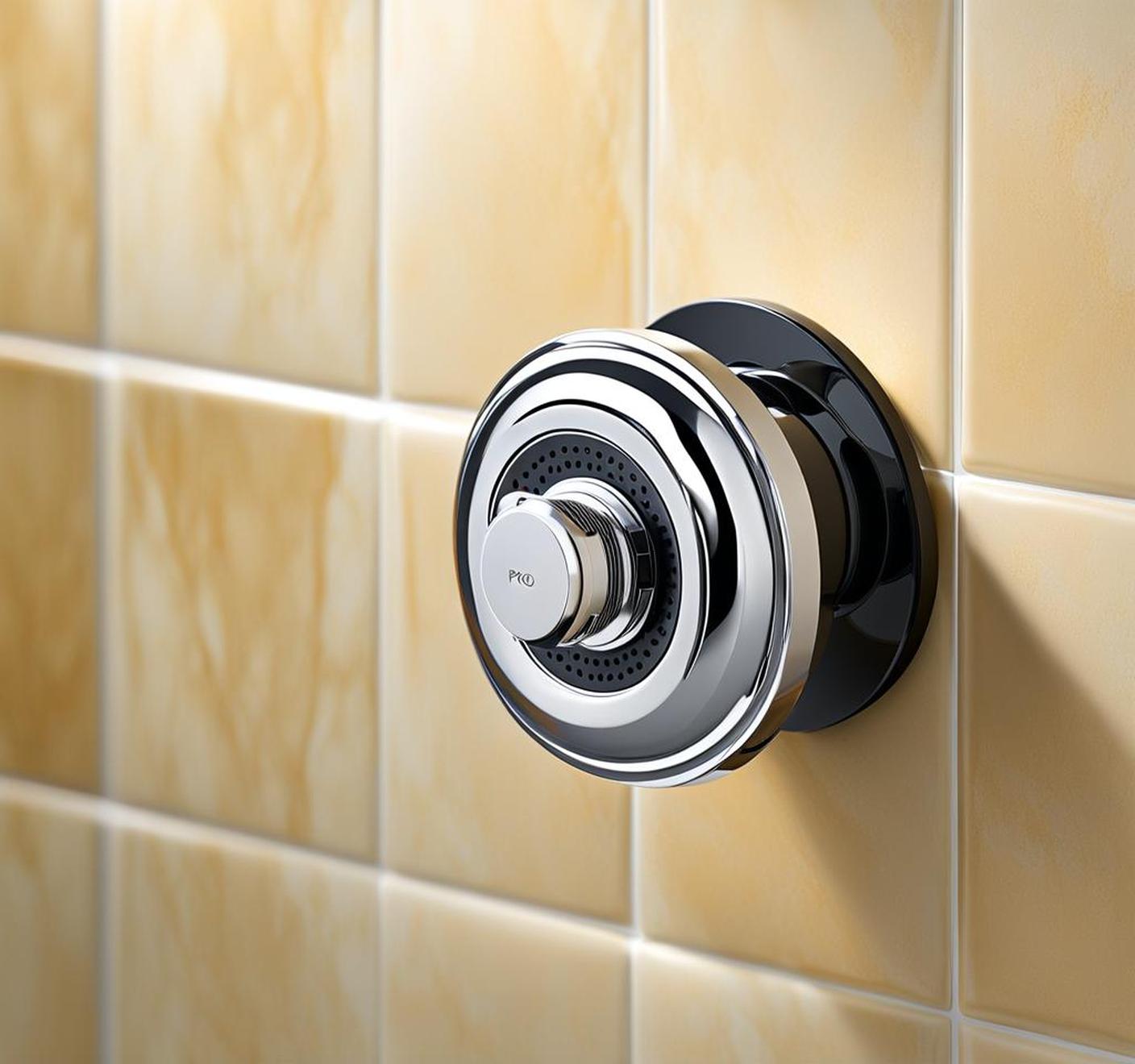When you want to switch from filling your bathtub to showering, you likely pull up a lever or turn a knob on your tub faucet. This small action triggers a wonderful convenience – converting your tub into a shower in seconds. But have you ever wondered what’s happening inside the faucet to make this diversion occur?
The secret lies in the shower diverter, an ingenious internal valve that reroutes the flow of water with the flick of a switch. Let’s peek inside this humble mechanism to understand the inner workings that make your shower possible.
Main Types of Shower Diverters
While all shower diverters aim to redirect water up to the showerhead, there are a few common types that achieve this in slightly different ways:

Pull-Up Diverter
The classic style features a knob or lever protruding from your tub faucet. When you lift this rod up, it yanks on an internal rubber or plastic stopper nestled inside the faucet body. This stopper precisely blocks the main water outlet, forcing the flow to reverse direction and shoot upwards via the shower pipe.
Rotating Handle Diverter
Rather than a pull-up rod, this type utilizes a rotating handle positioned on the side or underside of the tub faucet. As you twist the handle, it spins a diverter gate inside the faucet to block the spout. The change in flow direction sends water up to your shower.
Button Diverter
Some designs incorporate a push button diverter right on the tub faucet body itself. Others mount it conveniently on the nearby wall. Pressing this button activates a plunger that stops up the spout outlet mechanically.
Internal Components
Now that we’ve explored the main types, let’s examine the critical inner workings that make shower diversion possible:
Rubber Stopper
The rubber stopper is arguably the MVP of the shower diverter team. This small component sits in the path of the downward water flow inside the faucet body. When the diverter is activated, the stopper plugs the spout outlet to force the water to redirect upward.
As the most movable part, the rubber stopper is prone to wearing out over time. A degraded stopper can cause leaks, pressure loss, and difficulty engaging the diverter.
Springs
Springs throughout the diverter provide active tension and resistance. For pull-up or button diverters, they give the lever or plunger the snap-back motion to disengage the stopper. In rotating handle models, they return the handle to its original resting position.
Seals and Gaskets
Rubber gaskets between the stopper, faucet housing, and other components create watertight seals to prevent leaks inside the diverter. If these seals dry out or get damaged, it can lead to problematic drips and flow issues.
The Role of Water Pressure
Most shower diverters rely on adequate water pressure to function correctly. When activated, the stopper forces the flow to redirect upwards with enough pressure to project strongly from the showerhead. Low water pressure, common with outdated plumbing, can create a weak shower stream that ruins the experience.
Boosting the home’s overall water pressure is often the solution. This may require installing a dedicated water pump or pressure booster.
Preventing Mineral Buildup
If you live in an area with hard water, mineral deposits like limescale can accumulate inside the diverter over time. This buildup impedes the motion of internal components, leading to sticking handles or buttons and trouble transitioning water flow.
Prevent this by regularly cleaning your shower diverter. Simply fill a plastic bag with white vinegar, secure it around the faucet with a rubber band, and let it soak overnight. Rinsing with water the next day removes any loosened mineral deposits.
Choosing the Right Diverter
When selecting a new shower diverter, consider your existing bathroom layout and plumbing. Pull-up diverters are often easiest to retrofit onto standard tub spouts. Other types like rotating handle models may require more extensive alterations. Consulting a professional can ensure proper compatibility and reduce installation hassles.
When to Repair or Replace
Signs like water leaks, difficulty engaging the diverter, or low shower pressure indicate it’s time for diverter maintenance. Start by cleaning the internal components as buildup could be the culprit. If the issues persist, the inner seals, springs or stopper likely need replacement.
While do-it-yourself repairs are possible by handy homeowners, don’t hesitate to call a plumber for complex disassembly or parts replacement. Their expertise can get your shower functioning like new again.
The shower diverter seems like an engineering marvel with a little knowledge. precise rubber stoppers, sturdy springs, and watertight seals all perfectly coordinate to redirect your water flow on command. A basic understanding of the internal components can help you diagnose issues and keep your shower diverter performing at its peak.
